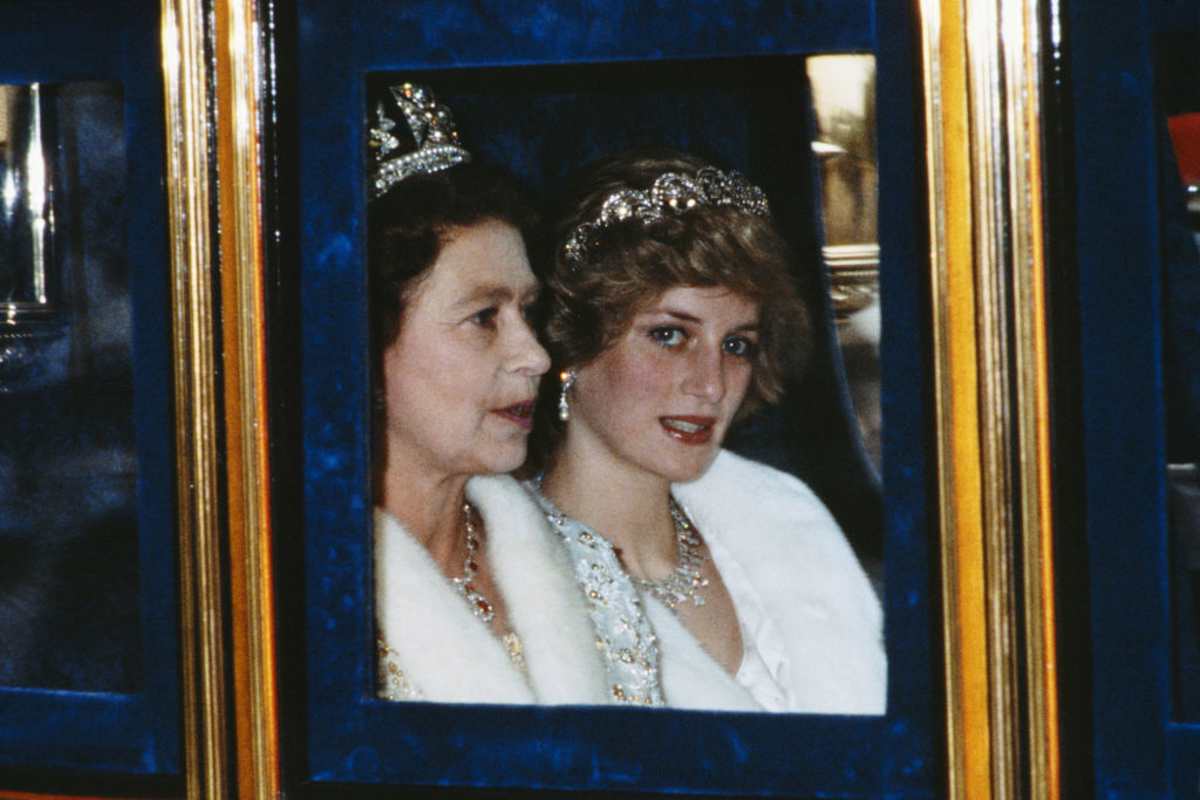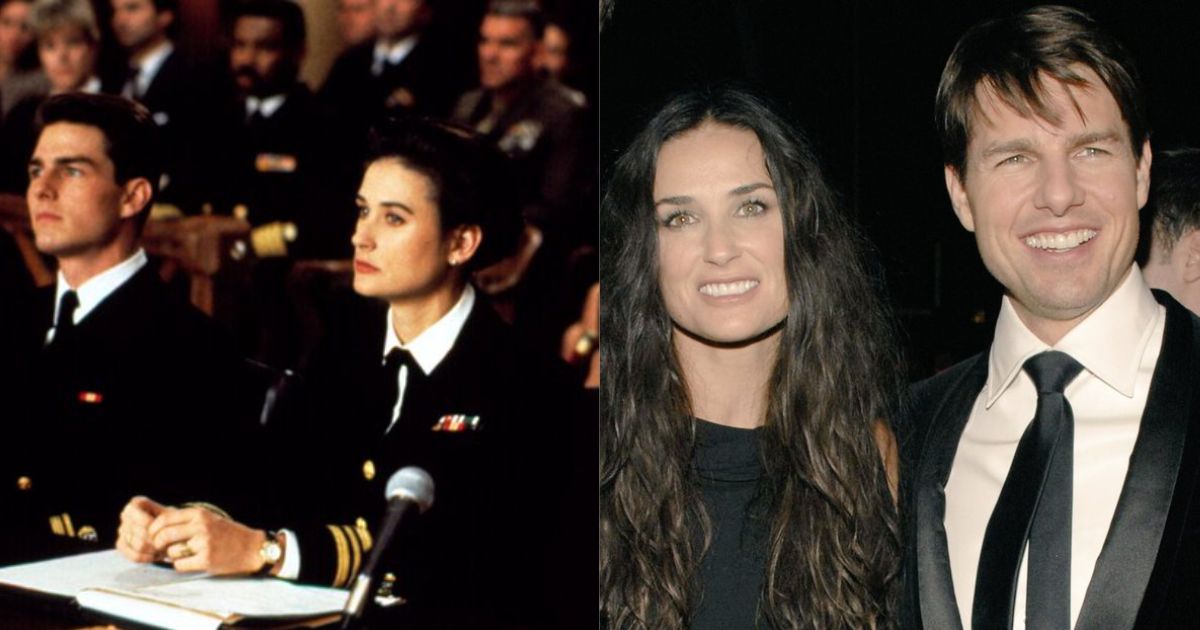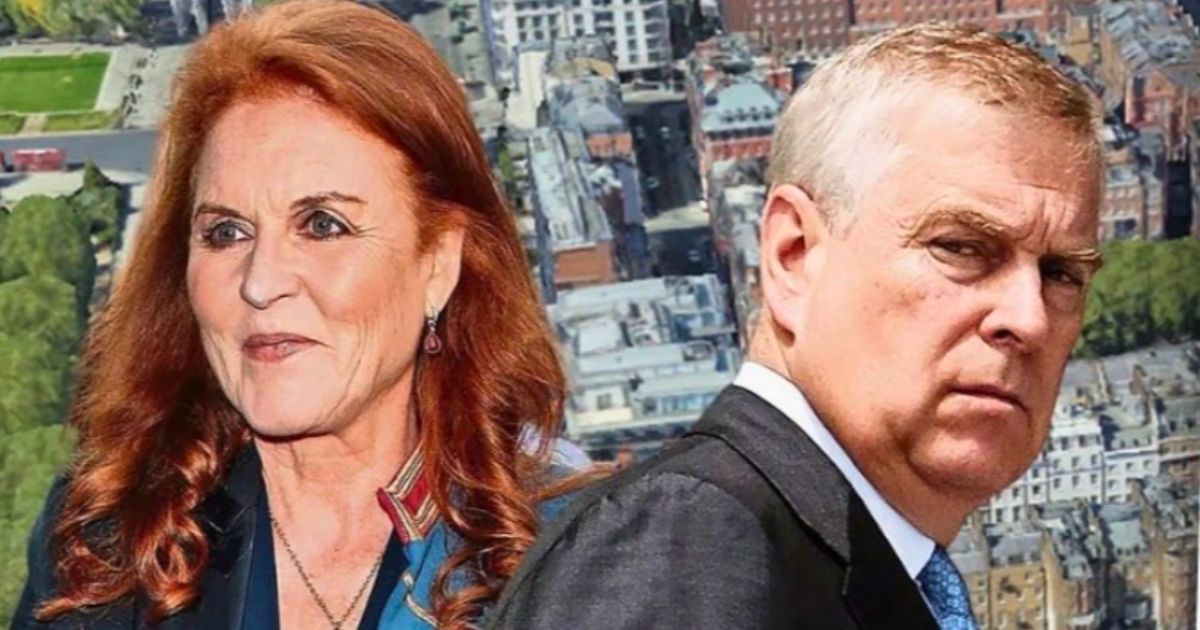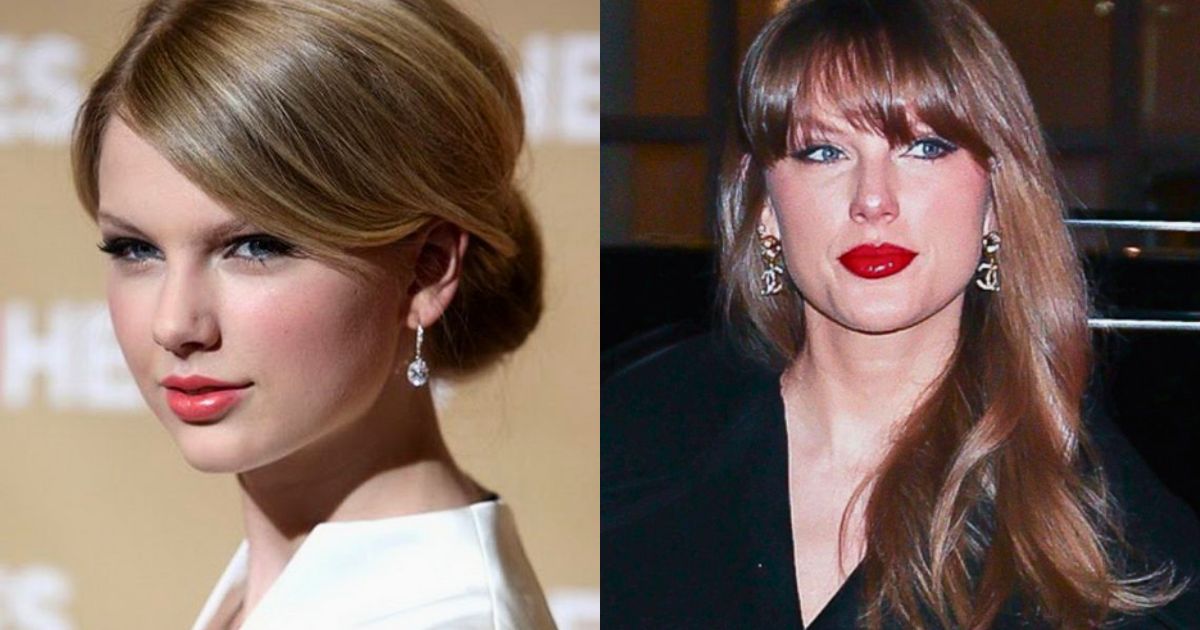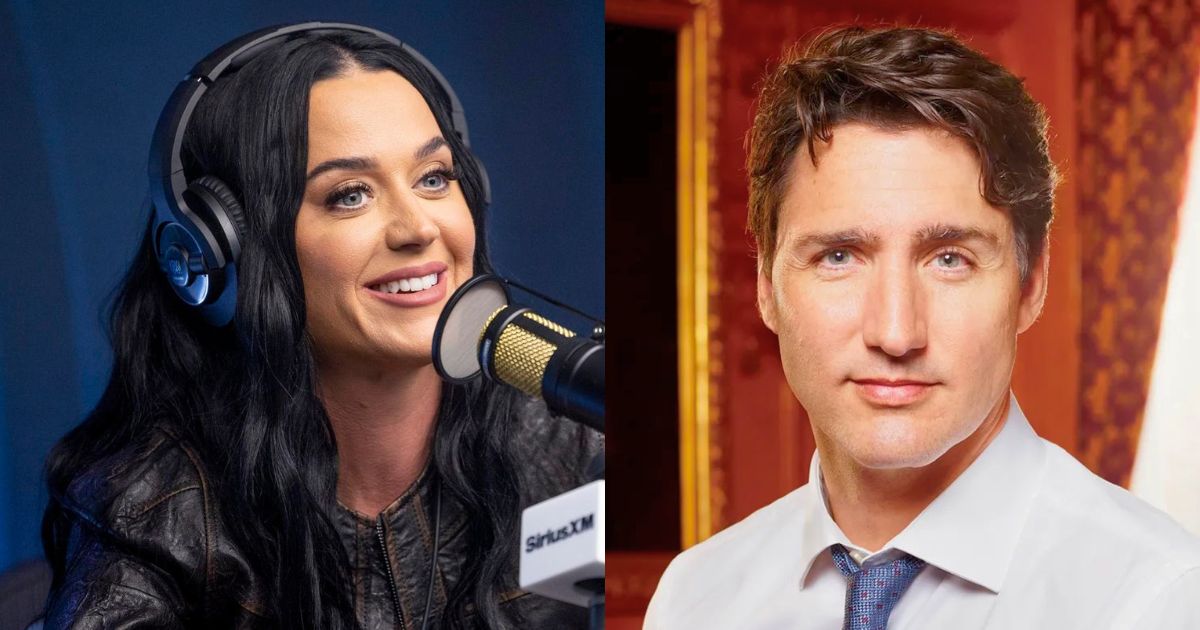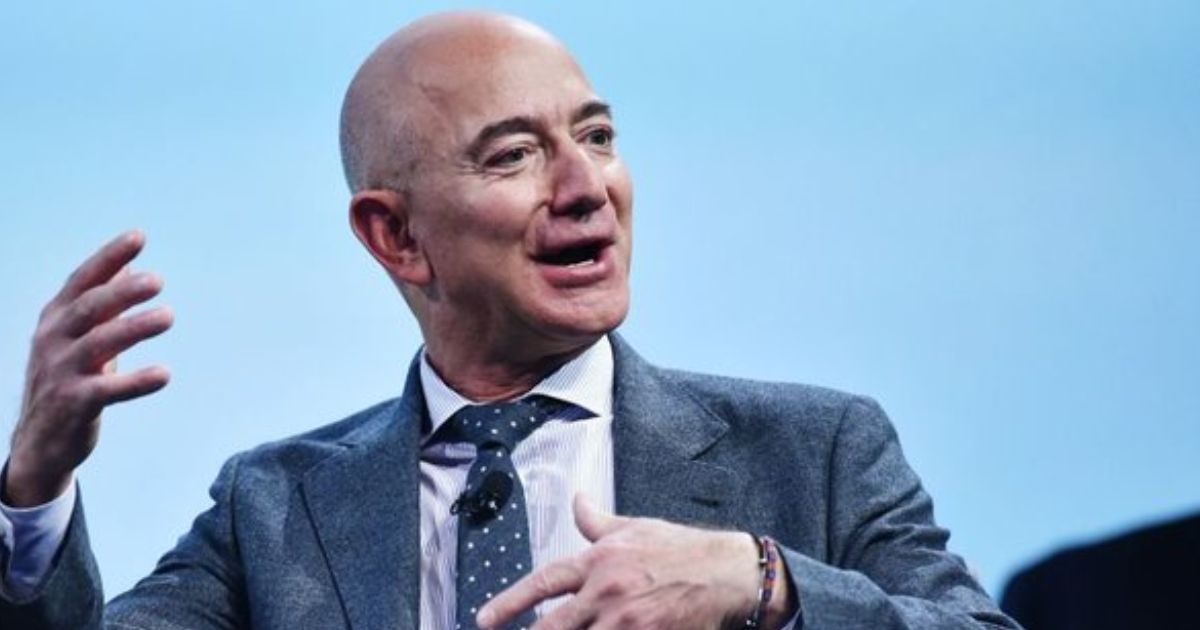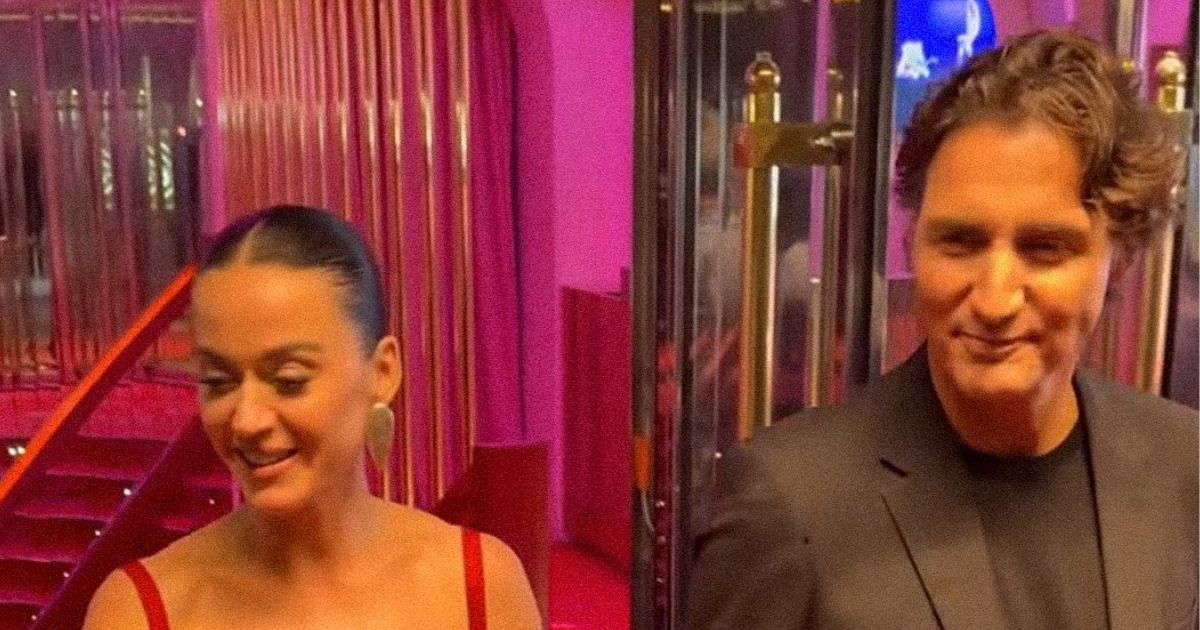When news of Princess Diana‘s death reached the world on August 31, 1997, it sent a tremor of shock through the global community. Newspaper headlines shouted the heartbreaking news, and TV and radio stations were flooded with updates on the unthinkable loss of “The People’s Princess.” Yet, amidst this media frenzy, there was a place of quiet concern: Balmoral Castle.
Here, Queen Elizabeth II had the challenging task of protecting her youngest grandchildren, Prince William and Prince Harry, from discovering the crushing reality of their mother’s death through the cold, impersonal mediums of television or radio.
According to Tina Brown, who wrote The Diana Chronicles book, the Queen’s protective instincts kicked in quickly, and she ensured William and Harry had a way to deal after their mother, Diana, passed away. William was 15 and Harry was 12 at that time.
In a show on Channel 5 named The Day Diana Died, Brown said the Queen had all the TVs and radios at Balmoral Castle removed while the boys were sleeping. Only the Queen’s and Prince Philip’s private TVs stayed.
She did this so Prince Charles could tell them the sad news himself without interruptions.
Rather than disturbing them in the wee hours when the heart-wrenching incident in Paris occurred, the Queen decided to let the young princes William and Harry continue their night’s sleep.
Prince Charles (now King Charles) broke the news to them in the morning, as recounted by Harry in his 2023 memoir Spare. Harry wrote, “There have been complications. Mum has been seriously injured and has been taken to [the] hospital, my dear son.” This revelation profoundly impacted Harry’s life and left a scar that influenced his journey into adulthood.
Diana was only 36 years old when the car she was in with Dodi Fayed tragically hit a pillar in the Pont de l’Alma tunnel. Sadly, neither Diana nor Fayed survived the crash. However, their bodyguard, Trevor Rees-Jones, was the lucky one who survived.
Princess Diana, her bodyguard, Trevor Rees-Jones, and driver Henri Paul shortly before the fatal crash. pic.twitter.com/ROyxSExM7G
— Creepy.org (@creepydotorg) February 1, 2024
The Queen’s choice to keep TVs and radios off during that time is now recognized as a very personal and caring act.
This was quite unusual for a queen who is mainly seen as very strong and does not show much emotion. Gordon Brown, who talked to Edinburgh Live, said: “For her, the only important thing was to protect Harry and William from the loss of their mother.”
The move was a clear example of the Royal Family’s tendency to withdraw during tough times, which was later questioned for their lack of immediate response after Diana’s passing. However, for William and Harry, that specific morning at Balmoral was meticulously planned to give them a brief break from the overwhelming attention that came with the loss of their mother.
In May 2023, Karen Spencer, now former wife of Diana’s brother, was showing off her newly renovated stable on Instagram when fans noticed that the space is no longer a museum dedicated to the late Princess Diana.
To that, Karen replied: “No, When William turned 30 all her things… pic.twitter.com/fJ9g3Vejxe— Canellecitadelle (@Canellelabelle) March 23, 2025
The Queen’s decision will always remain a part of the Royal narrative, not only for the world’s mourning of Princess Diana but also for how the Royal Family tried to safeguard the two young princes in the face of intense international interest.
NEXT UP: Firefighter Who Rescued Princess Diana After the Crash Reveals Her Heartbreaking Final Words
